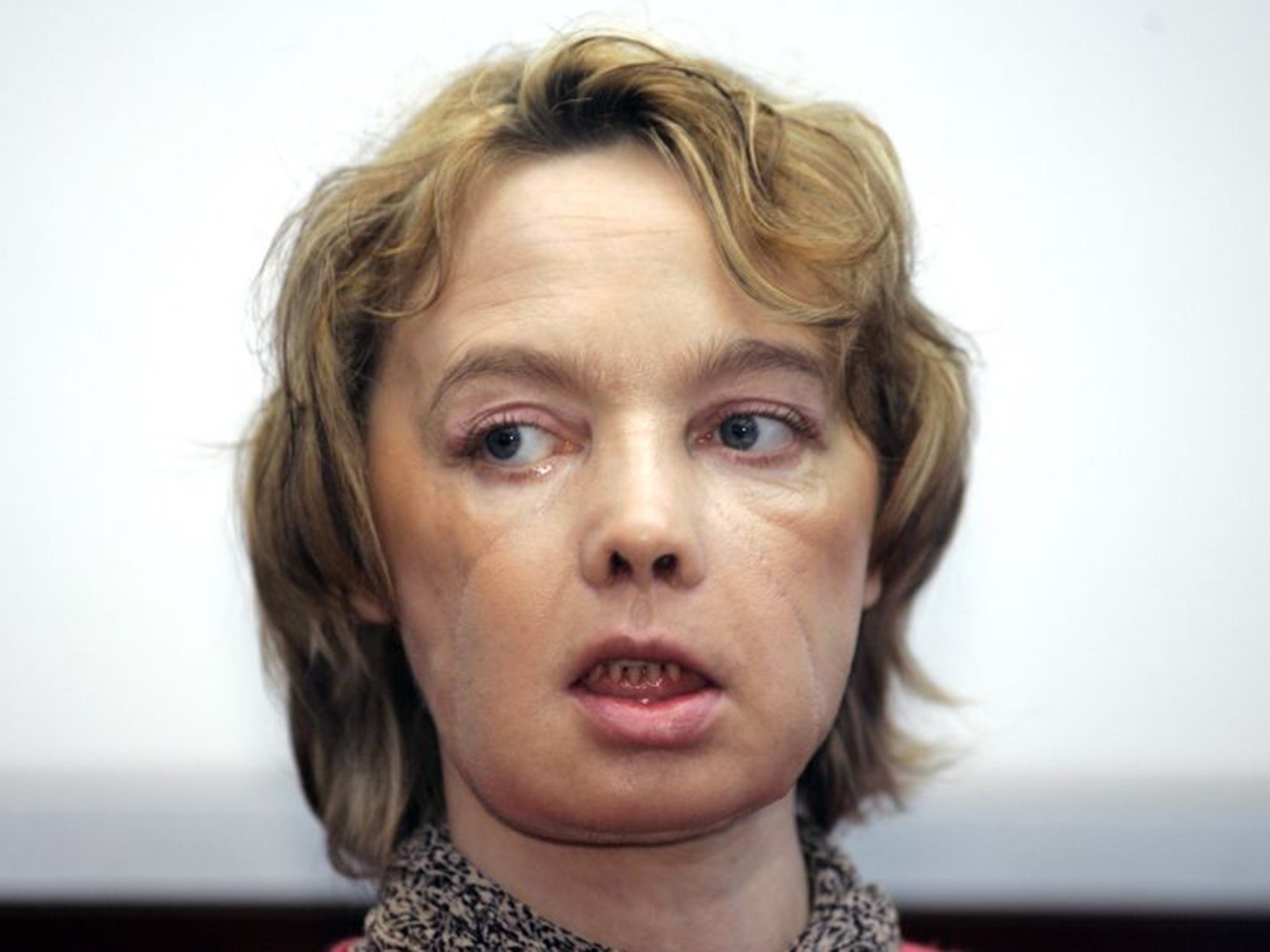Isabelle Dinoire: The life and death of the world's first person to have a face transplant

Your support helps us to tell the story
From reproductive rights to climate change to Big Tech, The Independent is on the ground when the story is developing. Whether it's investigating the financials of Elon Musk's pro-Trump PAC or producing our latest documentary, 'The A Word', which shines a light on the American women fighting for reproductive rights, we know how important it is to parse out the facts from the messaging.
At such a critical moment in US history, we need reporters on the ground. Your donation allows us to keep sending journalists to speak to both sides of the story.
The Independent is trusted by Americans across the entire political spectrum. And unlike many other quality news outlets, we choose not to lock Americans out of our reporting and analysis with paywalls. We believe quality journalism should be available to everyone, paid for by those who can afford it.
Your support makes all the difference.The first person ever to receive a partial face transplant has died at the age of 49.
Isabelle Dinoire made international headlines after undergoing the landmark operation in 2005.
Dinoire, from northern France, died from two forms of cancer in April but her death was only announced on Tuesday due to a request for privacy from Dinoire’s family.
Background
Prior to her life-changing accident, Dinoire was a seamstress in Valenciennes, France. She had two children and was divorced.
Accident
Dinoire required facial surgery after she was mauled by her pet labrador. After she had blacked out from taking sleeping pills, her dog had apparently tried to revive her after finding her unconscious. She later told she had taken an overdose to end her life as she had been suffering from depression.
The dog had mauled her nose, mouth and chin leaving her with injuries which made it difficult to speak or eat. The injuries were so bad doctors immediately ruled out a routine facial reconstruction.
The operation
Dinoire had the facial parts of a brain-dead woman grafted on to hers during the procedure, which has since been replicated dozens of times across the world. Her surgeon, Professor Bernard Devauchelle, had lauded the operation a success calling it a “masterstroke”.
“From the first time I saw myself in the mirror after the operation I knew it was a victory,” Dinoire told the BBC. “[…] I had a nose, I had a mouth – it was fantastic.”
The adjustment to living with somebody else’s face took its time and in 2007 she recalled the strangeness of experiencing having someone else’s mouth.
“It was odd to touch it with my tongue. It was soft. It was horrible,” she said, according to the Guardian.
Dinoire had to take powerful immunosuppressant drugs after the surgery to stop her body rejecting the face, which the side effects included weakening the immune system.
Post-operation
The remarkable nature of the operation coupled with the intrigue of the procedure being the first of its kind led to mass media interest in Dinoire which she found difficult to deal with at times. She previously spoke of the intrusive nature of some journalists who would hound her, even visiting her in hospital.
“It was excruciating, “ she told the BBC. “I live in a small town and so everyone knew my story. It wasn’t easy at the beginning. Children would laugh at me and everyone would say, ‘Look it’s her, it’s her.’”
Dinoire also spoke of the strong connection she felt to her donor, who reportedly killed herself, telling the BBC in 2009: “The donor is always with me.”
Join our commenting forum
Join thought-provoking conversations, follow other Independent readers and see their replies
Comments